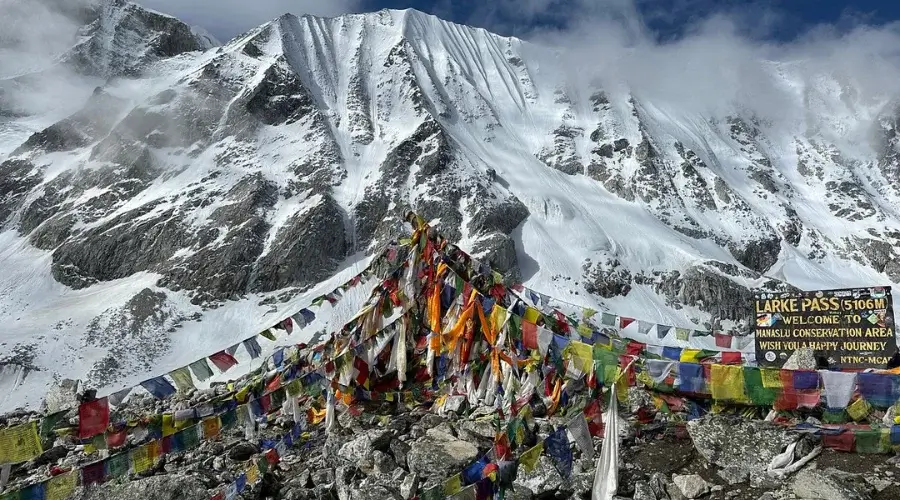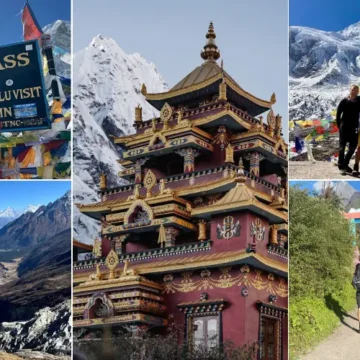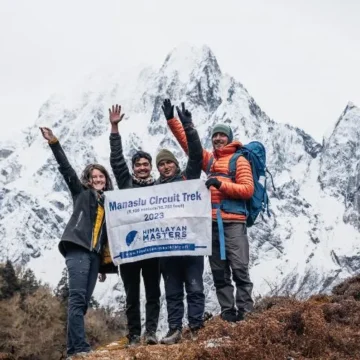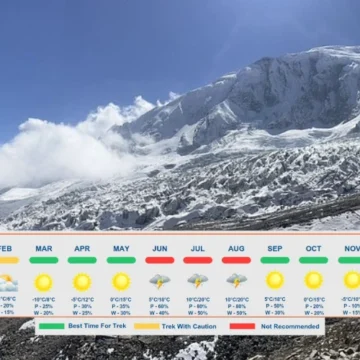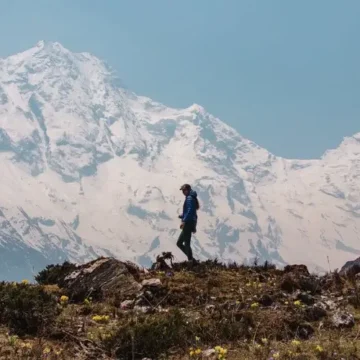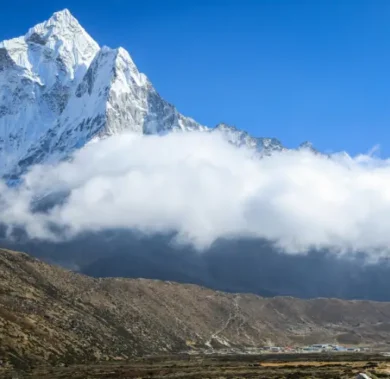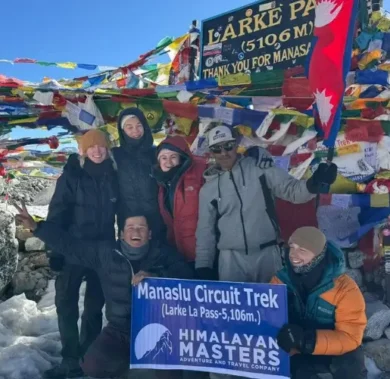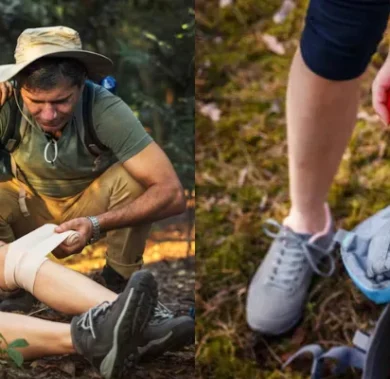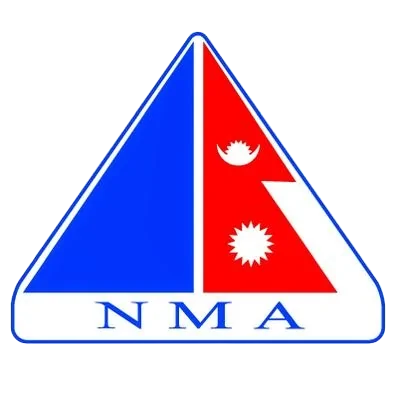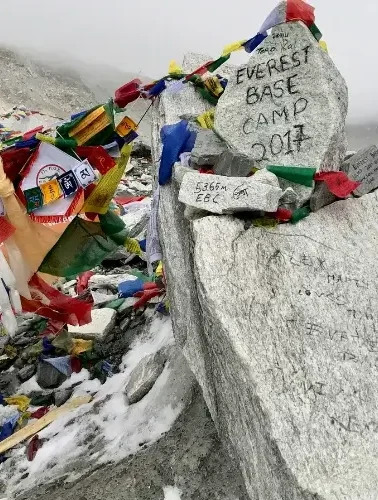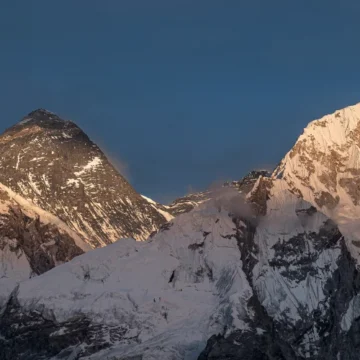
Telephone Network and Internet in Manaslu Circuit Trek
Table of Contents
The Manaslu Circuit Nepal is a beautiful journey to the remote, rugged terrain of Nepal’s Himalayas. While landscapes and cultural experiences might make the trek exciting, connectivity—both in terms of a network and internet in Manaslu Circuit Trekking.
The article now explains the telephone network and internet in Manaslu Circuit Trek in detail, describing what one may expect regarding the stops. Over these years, telecommunication infrastructures have increased noticeably in the Manaslu Region.
However, when considering connectivity, a lot depends upon the altitude, weather conditions, and location. Generally speaking, trekkers can expect mobile and internet access at lower altitudes, with less availability as they go higher.
Mobile Network Coverages in the Manaslu Region
NTC
It is a government-owned telecom company that provides better coverage en route to the trek. It is best recommended for trekkers who desire better connectivity. The NTC SIMs are available in Kathmandu and cost about USD 2. They require a passport-sized photo and a copy of your passport.
Ncell
In remote areas, a private provider may have limited coverage compared to NTC. Therefore, carrying both SIMs as often as possible would maximize your chances of staying connected.
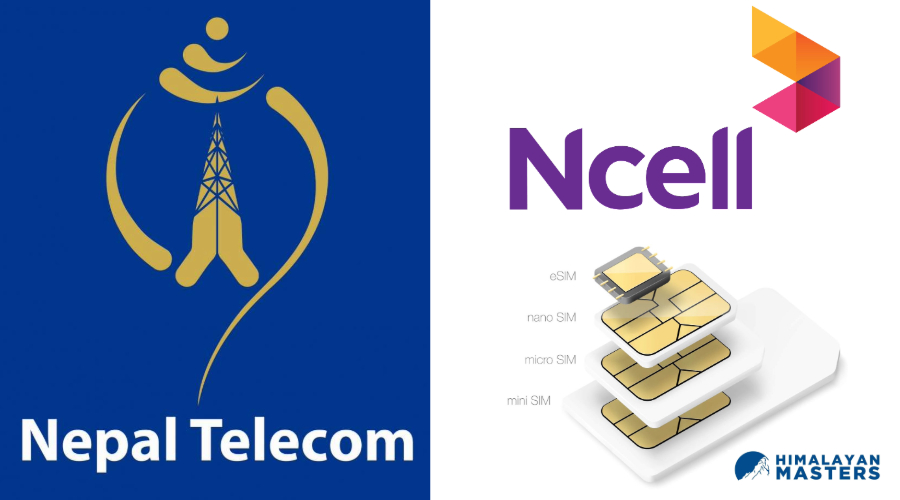
So, the network and internet in Manaslu Circuit Nepal are available up to Samagaon but become restricted afterwards. After Samagaon, the trekkers will surely lose the signals until Dharapani is reached, a day’s trek from Larkya La Pass.

Access to the Internet in Manaslu Circuit
Network and Internet access around Manaslu trekking are widely available through Wi-Fi services offered by teahouses and lodges. The quality and reliability of the latter may vary greatly:
Lower Altitude
Wi-Fi services can be found relatively easily in places that lie at much lower altitudes. For example, they are available at Soti Khola and Maccha Khola. Access to Wi-Fi at these places can cost a few dollars, approximately USD 2-3 for the service. Connectivity in these places can be fair; however, access can be relatively slow when many people access it during peak times.
Altitude Impact
Wi-Fi is less reliable at high altitudes beyond Dharamsala. Some teahouses, even at Bimthang, may offer Wi-Fi, but it can be poor or non-existent because of altitude and weather.
Costs
Depending on the altitude and availability of services, using Wi-Fi from a teahouse usually costs between NPR 400 and NPR 600 (approximately USD 3-5).
Connectivity by Stop in Detail
Kathmandu
Kathmandu, Nepal’s capital, has excellent mobile network coverage. Both NTC and Ncell are available appropriately. Local SIM cards can be found easily in shops to keep trekkers connected.
Data packages are also quite reasonably priced to keep you connected. Plenty of cafes, hotels, and restaurants all over the city offer free Wi-Fi, making it easy for travellers to share their experiences online or contact family and friends. You must not pay extra charges to use the Internet facility’s services in Kathmandu.
Maccha Khola (830 m)
A beautiful drive from Kathmandu brings us to Maccha Khola, where connectivity breaks. The small village generally has fair connectivity with NTC mobile, whereas users of other networks, such as Ncell, may have poor reception.
However, access to the internet is minimal; most teahouses do not have Wi-Fi services. Trekkers with an NTC SIM card can use mobile data packages for primary internet access.
Jagat (1,410 m)
While trekking further up to Jagat, the connectivity is good. At Jagat, there is good network access for NTC SIM cards. You can make calls and send messages without much bother. However, there might still be a problem with network accessibility for Ncell users at this point. As for access to the internet, several teahouses have Wi-Fi in Jagat, and the cost is around NPR 400 to NPR 600, usually about USD 3-5.
Deng (1,804 m)
The trek from Jagat to Deng is more precarious regarding connectivity issues. In Deng, the minimum mobile coverage is available. NTC can sometimes work, but Ncell users can hardly get a signal.
Internet access is also minimal; some guest houses may offer Wi-Fi services for a price, but more often than not, this cannot be relied upon due to altitude and remote location.
Namrung (3,480 m)
Namrung does have better connectivity. It works well for the NTC users. However, the trekker can stay connected more easily. The users of Ncell still face interference from the network service.
Namrung has a few teahouses with internet services available at extra cost. The connectivity is marginally better compared to Deng; even then, it is advisable to have low expectations about speed and reliability.
Shyala (3,480 meters)
Due to the high altitude, trekkers also experience increasingly limited mobile coverage as they ascend to Shyala. In Shyala, it might be possible that NTC may or may not work, but most trekkers say there are several difficulties regarding the signals in this area for both NTC and Ncell.
Some lodges have Wi-Fi, but it’s prolonged and rarely works due to interference from weather conditions and altitude challenges.
Samagaon (3,530 m)
Samagaon is one of the essential stops where trekkers would get better connectivity than in higher altitudes. This is a big village where NTC SIM cards work well, but you can generally connect with calls and messages.
Some teahouses now also provide Wi-Fi services at an extra cost. This allows trekkers to contact their loved ones or share their journey on social networks.
Pungyen Monastery (4,050 m)
The trek to Pungyen Monastery is much more isolated regarding phone connectivity. Normally, NTC and Ncell users will find limited or no service while reaching higher altitudes.
Moreover, there isn’t any Internet access at the Pungyen Monastery itself. Trekkers have to prepare themselves for a complete cutoff during this part of the trek among their wholesome surroundings and the spiritual atmosphere of the monastery.
Manaslu Base Camp (4,800 m)
Because of the geographical configuration and altitude, there is no signal from either NTC or Ncell at Manaslu Base Camp; trekkers will be cut off from any mobile network or internet services. The Manaslu Base Camp area has no Wi-Fi or mobile network, as it is remote.
Samdo (3,860 m)
In Samdo, connectivity remains poor, as NTC and Ncell SIM cards fail to provide a mobile network in this village deep in the wilderness.
Likewise, the communication facilities are not dependable here for trekkers; however, a few teahouses may provide Wi-Fi at an extra charge. Thus, you will find it challenging to remain connected during your stay in Samdo.
Dharmasala (4,460 m)
Dharamsala represents one of the most isolated points along the trek concerning connectivity. No mobile network is available for either NTC or Ncell users, and trekkers will be cut off from communications during their stay at this high-altitude location.
Besides, Dharmasala does not have Internet services or satellite phones. Therefore, at this point in the trek, the trekkers must be fully prepared beforehand.
Bhimtang (3,720 m)
Compared to the higher altitudes, trekkers might feel a little improved in connectivity while descending towards Bhimtang after crossing Larkya La Pass. However, mobile coverage is still poor, and the NTC and Ncell SIM cards are unreliable here, as the place is remotely located with altitude problems.
Some guesthouses use satellite phones to provide phone services in case of emergency. If Wi-Fi becomes more common, the speed will be plodding as trekkers demand Internet access in large numbers.
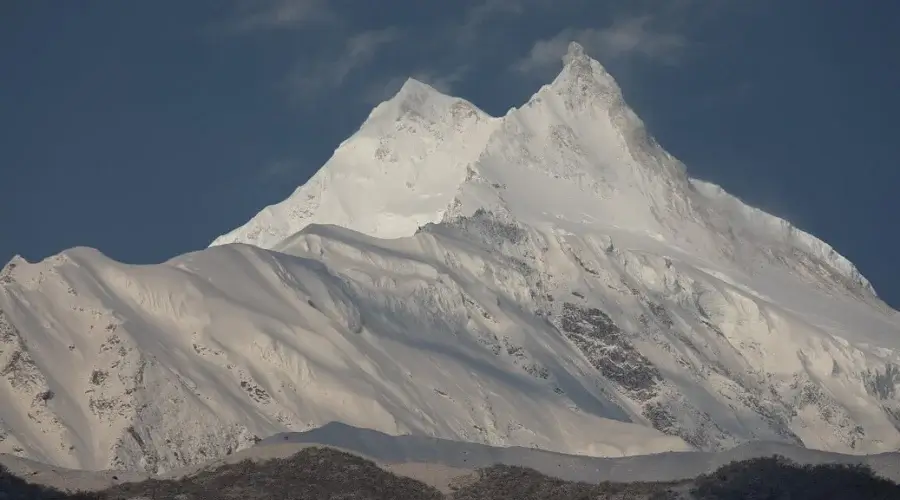
Tilje (2,300 m)
The village finally reached Tilje, returning to better connectivity options along the trek route. It is at a lower altitude than stops like Bhimtang or Dharmasala, and calling and texting can usually be restored with NTC and Ncell SIM cards without much hassle due to the signal issues experienced during the upward journey into higher elevations.
Tips for Staying Connected
1. Publicly buy, in Kathmandu, NTC or Ncell SIM cards to ensure that at the start of the trek, there is a potential for having mobile data whenever available.
2. Be prepared for variable service expectations; lower altitudes usually have better connectivity, and high altitudes may not support reliable mobile or internet access.
3. You can even buy a satellite phone to connect, which is a reliable option.
Want to know more?
Speak to an Expert





Sandip Dhungana
Nepal 🇳🇵
Whatsapp: +977-9823636377

